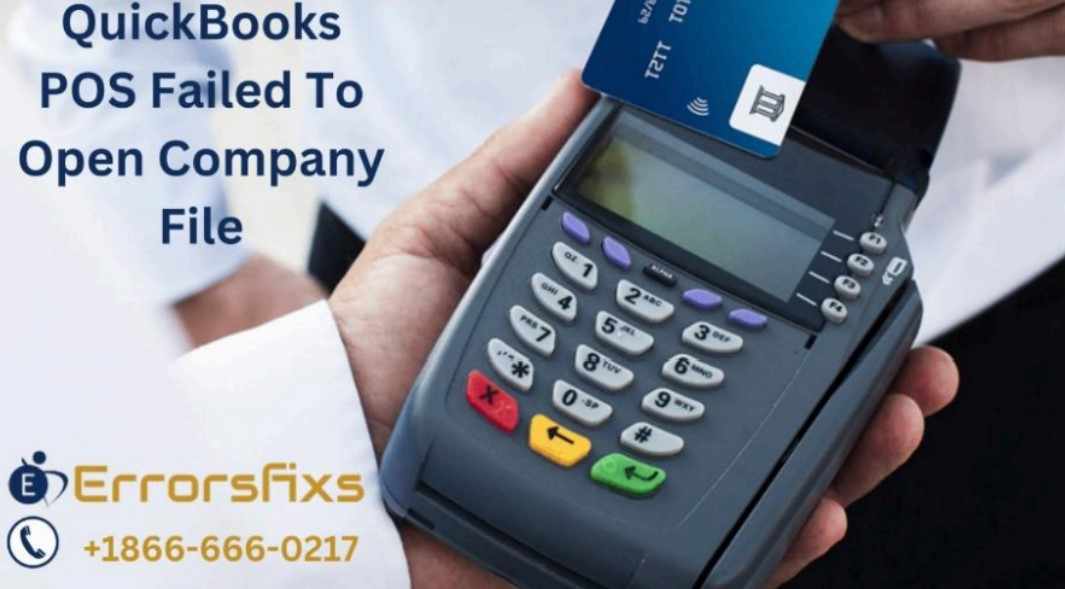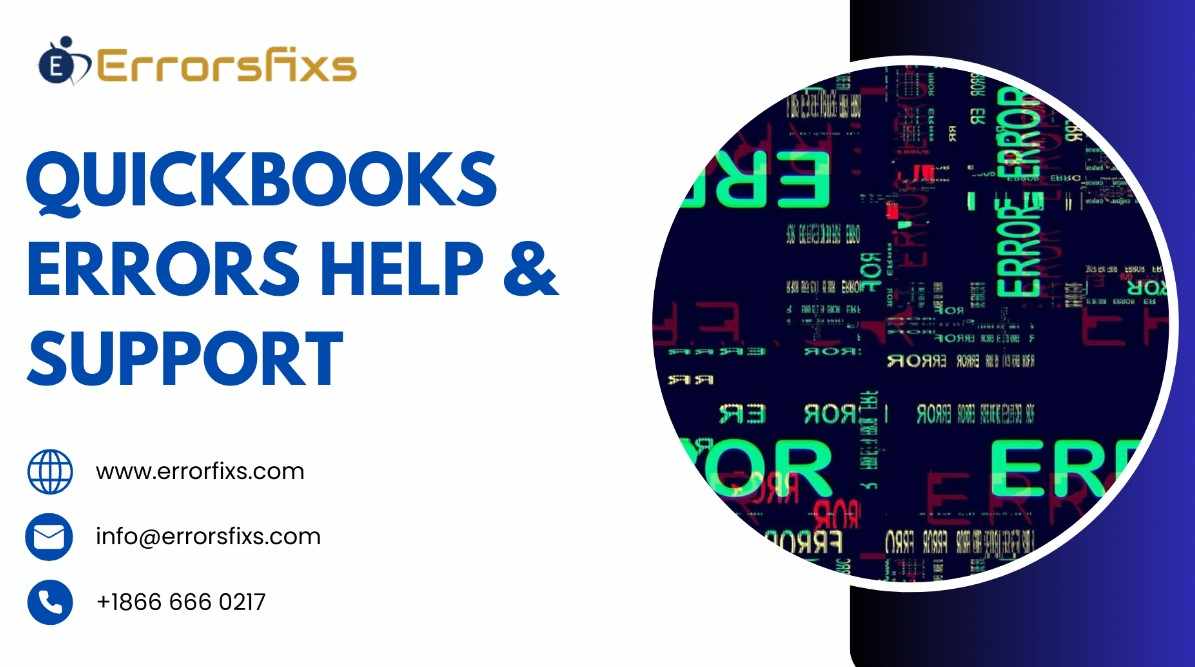QuickBooks, a cornerstone accounting software for many businesses, relies on secure communication with its servers to ensure smooth operation. However, encountering a Transport Layer Security (TLS) error can throw a wrench into the works, disrupting online functionalities and causing frustration. This comprehensive guide equips you with the knowledge to diagnose and troubleshoot TLS errors in QuickBooks, restoring secure communication and getting you back on track.
Understanding TLS and its Role in QuickBooks
What is TLS?
TLS, the successor to Secure Sockets Layer (SSL), is a cryptographic protocol that establishes a secure connection between two communicating parties over a computer network. It encrypts data transmission, safeguarding sensitive financial information exchanged between QuickBooks and its servers.
Why is TLS Important for QuickBooks?
QuickBooks utilizes the internet for various critical functions, including:
Software Updates: Obtaining the latest updates ensures you benefit from bug fixes, security patches, and new features. TLS encrypts update downloads, protecting them from interception.
Online Features: QuickBooks offers features like online banking, payroll processing, and data backup to the cloud. TLS secures the transfer of sensitive financial data during these processes.
Data Synchronization (Online Only): For QuickBooks Online users, TLS facilitates secure data synchronization across devices, allowing you to access information remotely.
Symptoms of a QuickBooks TLS Error
Several signs can indicate a TLS error in QuickBooks:
Error Messages: QuickBooks might display specific error messages related to TLS, often with error codes like "9000" or "Failed to verify TLS settings."
Inability to Access Online Features: You might be unable to access online features or functionalities that require a secure connection to QuickBooks servers.
Slow Performance: While less common, a partially functioning TLS connection can cause sluggish performance within QuickBooks.
Troubleshooting Techniques: Resolving the TLS Error
Here's a breakdown of troubleshooting steps to identify and resolve a TLS error within QuickBooks:
1. Verification and Updates:
Check Your Internet Connection: Ensure you have a stable internet connection. Perform a basic troubleshooting of your internet by restarting your router/modem and computer. You can also try using a different device to connect to the internet and see if the issue persists.
Verify System Date and Time Settings: Incorrect system date and time settings can disrupt the TLS handshake process, leading to errors. Ensure your computer's date and time are accurate and synchronized with the internet time.
Update Windows and QuickBooks: Outdated Windows operating system or QuickBooks software can sometimes cause compatibility issues with TLS protocols. Update your Windows system and ensure you're using the latest version of QuickBooks. You can usually find update options within the software itself.
2. Focus on Internet Explorer Settings (Windows Only):
QuickBooks and Internet Explorer: While QuickBooks doesn't have dedicated internet connection settings, it relies on the internet settings configured within Internet Explorer (IE). Even if you don't use IE as your primary browser, its settings impact QuickBooks' internet communication.
Open Internet Options: Launch Internet Explorer and navigate to Tools > Internet Options. In newer Windows versions, access Internet Options through the Windows Control Panel.
Enable TLS 1.2: Within Internet Options, locate the Advanced tab. Scroll down to the Security section and ensure the checkbox for "Use TLS 1.2" is enabled. Some users might need to enable additional TLS versions like TLS 1.1 or 1.3 depending on their specific situation.
Reset Internet Explorer Settings (Optional): If enabling TLS protocols doesn't resolve the issue, consider resetting Internet Explorer settings to their defaults. This can be found within the Advanced tab of Internet Options. Caution: Resetting Internet Explorer settings might affect other browser configurations.
3. Advanced Troubleshooting (Proceed with Caution):
Review Antivirus/Firewall Settings: Overly restrictive antivirus or firewall software might be blocking the secure connection between QuickBooks and its servers. As a temporary troubleshooting step, try temporarily disabling your antivirus or firewall and attempt to use QuickBooks online features. Remember to re-enable them after troubleshooting. Caution: Disabling security software can leave your system vulnerable. Only do this as a last resort and re-enable it as soon as possible.
Windows Network Adapter Settings (Technical Expertise Required): Advanced users can explore modifying network adapter settings within the Windows operating system. However, this requires a thorough understanding of network configurations and can impact other network-dependent applications. Proceed with caution and consult a qualified IT professional if needed.
Conclusion:
Encountering a TLS error in QuickBooks can disrupt your workflow. However, by understanding the importance of secure communication and following the outlined troubleshooting steps, you can effectively diagnose and resolve the issue. Remember to verify your internet connection, update software, and adjust Internet Explorer settings (Windows only). If advanced troubleshooting is necessary, proceed with caution or seek professional help. By ensuring a secure TLS connection, you can restore seamless communication with QuickBooks servers and get back to managing your finances with confidence.
Visit us : https://www.errorsfixs.com/quickbooks-transport-layer-security/



















.png)
Write a comment ...